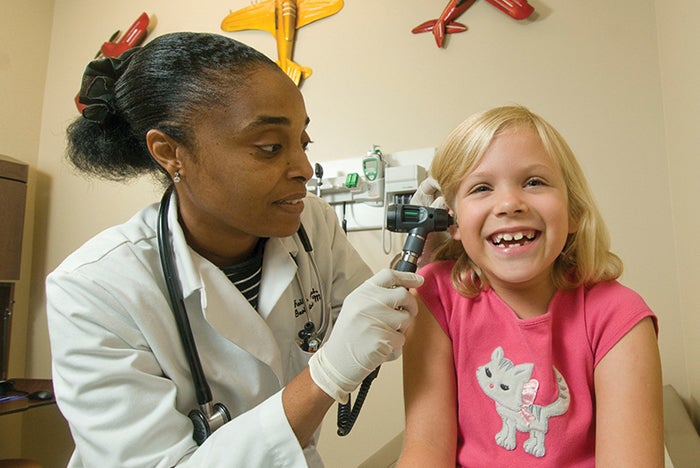Primer helps to set stage for outpatient infection prevention

A new report by infectious disease experts outlines steps for outpatient facilities.
Photo courtesy of UT Physicians
UT Physicians has been growing at a rapid pace as the demand for ambulatory care continues to increase. The outpatient practice, which is part of the University of Texas Health Science Center at Houston (UTHealth), has grown to approximately 100 clinics through a combination of new facilities and acquisitions. Although the added facilities have served their purpose well in helping the practice to keep up with patient demand, Luis Ostrosky-Zeichner, M.D., vice chair of health care quality and professor of infectious disease at UTHealth, says that the organization has had to focus its infection prevention efforts to make sure it could handle the onboarding of new facilities.
“As we were acquiring new clinics, we realized there were many infection-prevention practices that we were inheriting, and we quickly realized the need to standardize things and have set procedures in place for infection prevention that we could assess for compliance while implementing practice changes,” Ostrosky-Zeichner explains.
The department of infection prevention at UT Physicians set out on a two-year journey to develop a set of policies and standards to implement across its entire network. That work has culminated not only in each of its facilities being in compliance with the new program, but also a primer recently published in the Journal of Infectious Diseases.
“Outpatient Infection Prevention: A Practical Primer” provides a stepwise approach for implementing an outpatient facility infection-control program. The primer begins with a call to develop a multidisciplinary oversight committee that not only includes infection preventionists and environmental services, but also clinical and financial leadership. It goes through 10 steps from hand hygiene and disinfection to construction and pandemic preparedness. The primer also includes a sample assessment checklist.
“We’ve been very successful in bringing our clinics into alliance, and we regularly survey them using our checklist,” Ostrosky-Zeichner says. “As patient complexity increases in the outpatient setting, we should be prepared to handle patients with infections to make sure [they don’t] spread to others.”



